
UPS efficiency can be obtained through UPS output power and input power. UPS power is mainly determined by the inverter design. The majority of UPS power systems show high efficiency under 50% to 100% load. When the load is lower than 50%, the efficiency will drop drastically. The efficiency index provided by the manufacturer is based on the rated DC voltage and rated load. Users should select the efficiency which is a curve of relationship with output power and ±15% DC voltage change.
The UPS can be tested by the following methods:
1. When the input voltage is only 90% of the rated voltage, the output load is 100% or the input voltage is 110% of the rated voltage, and the output load is 0, its output voltage should be maintained within ±3% of the rated value.
2. When the input voltage is 90% or 110% of the rated voltage, one phase of the output voltage is under empty load, and the other two phases are under 100% load, its output voltage should be maintained within ±3% of the rated volume, and the phase difference should be controlled within 4°.
3. When the change of UPS power input DC voltage is ±15%, and the output load is 0~100%, the output voltage should be maintained within ±3% of the rated voltage. The index seems to overlap with the above indexes, but it is actually higher than the above-mentioned indexes. This is because when the input signal of the control system changes within a large scope. There will be obvious nonlinear characteristics. To prevent the output voltage from exceeding the allowable scope, there are higher circuit requirements.
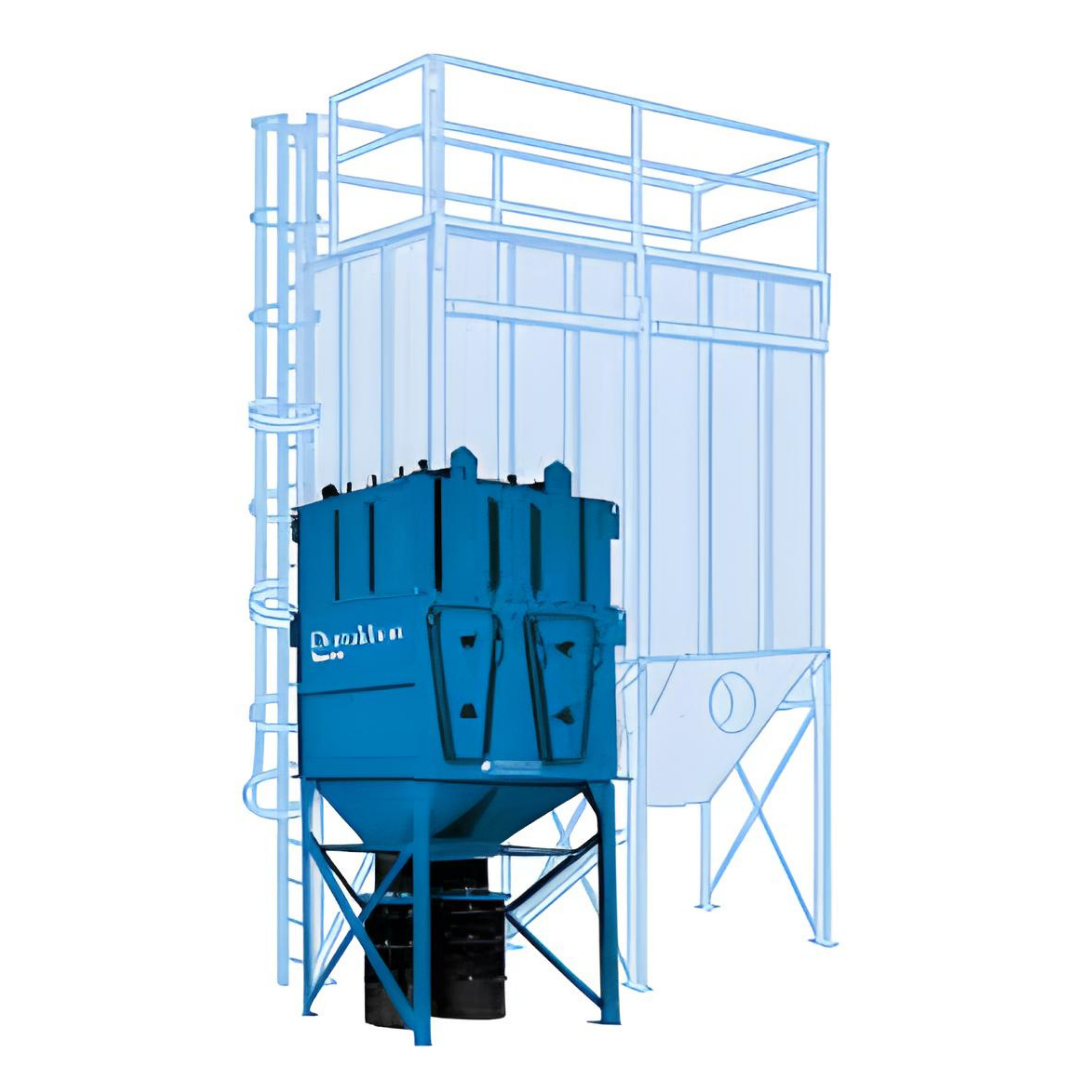
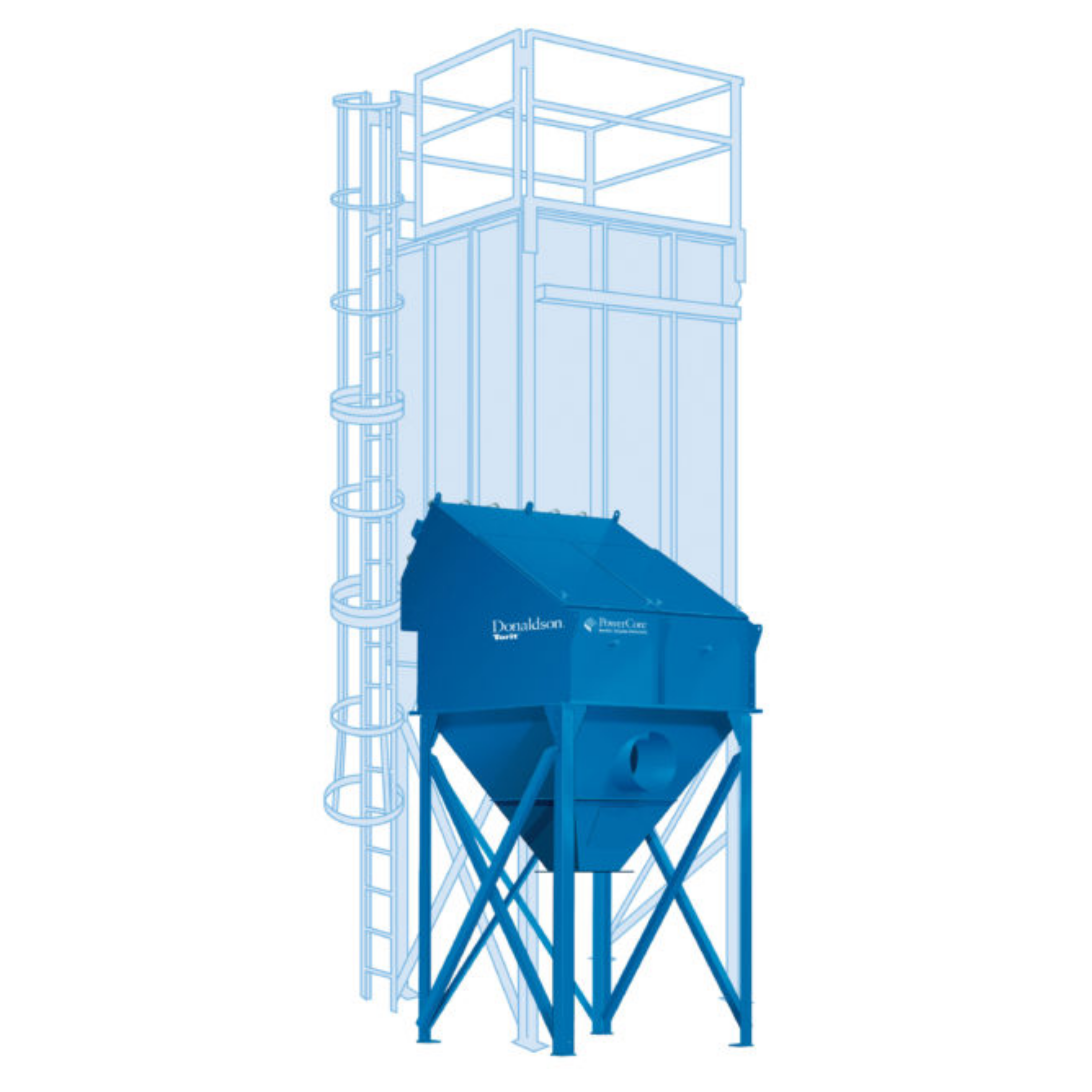
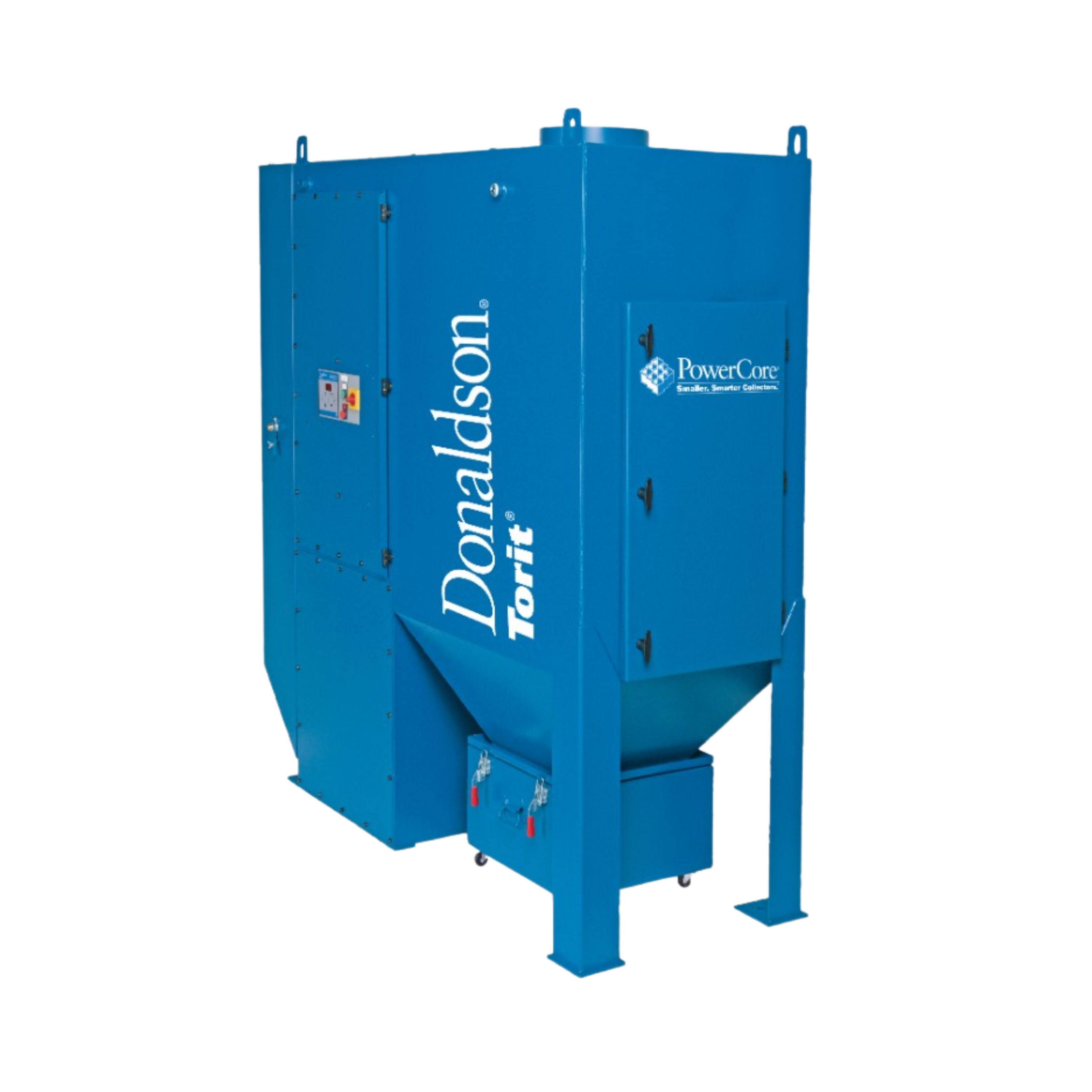
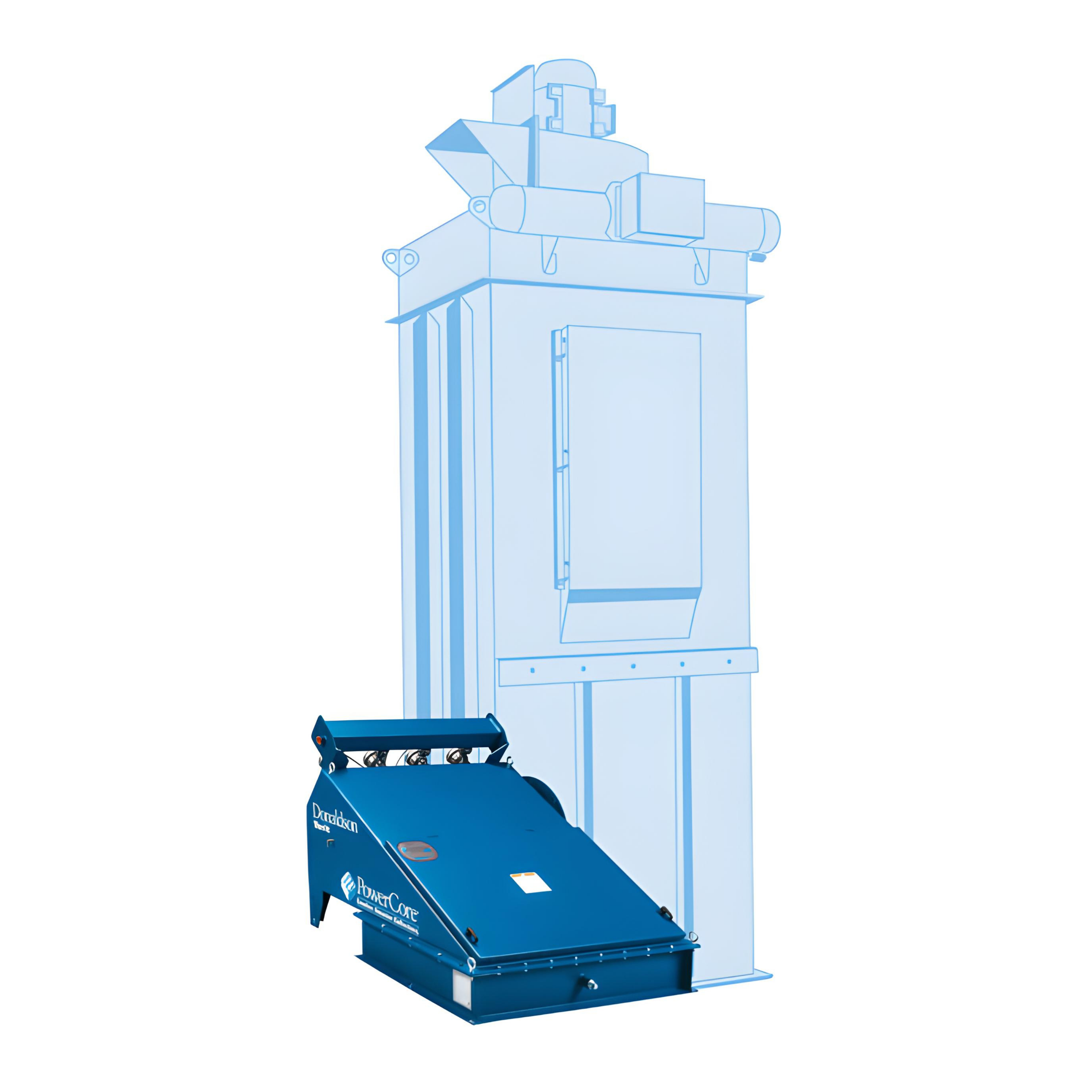
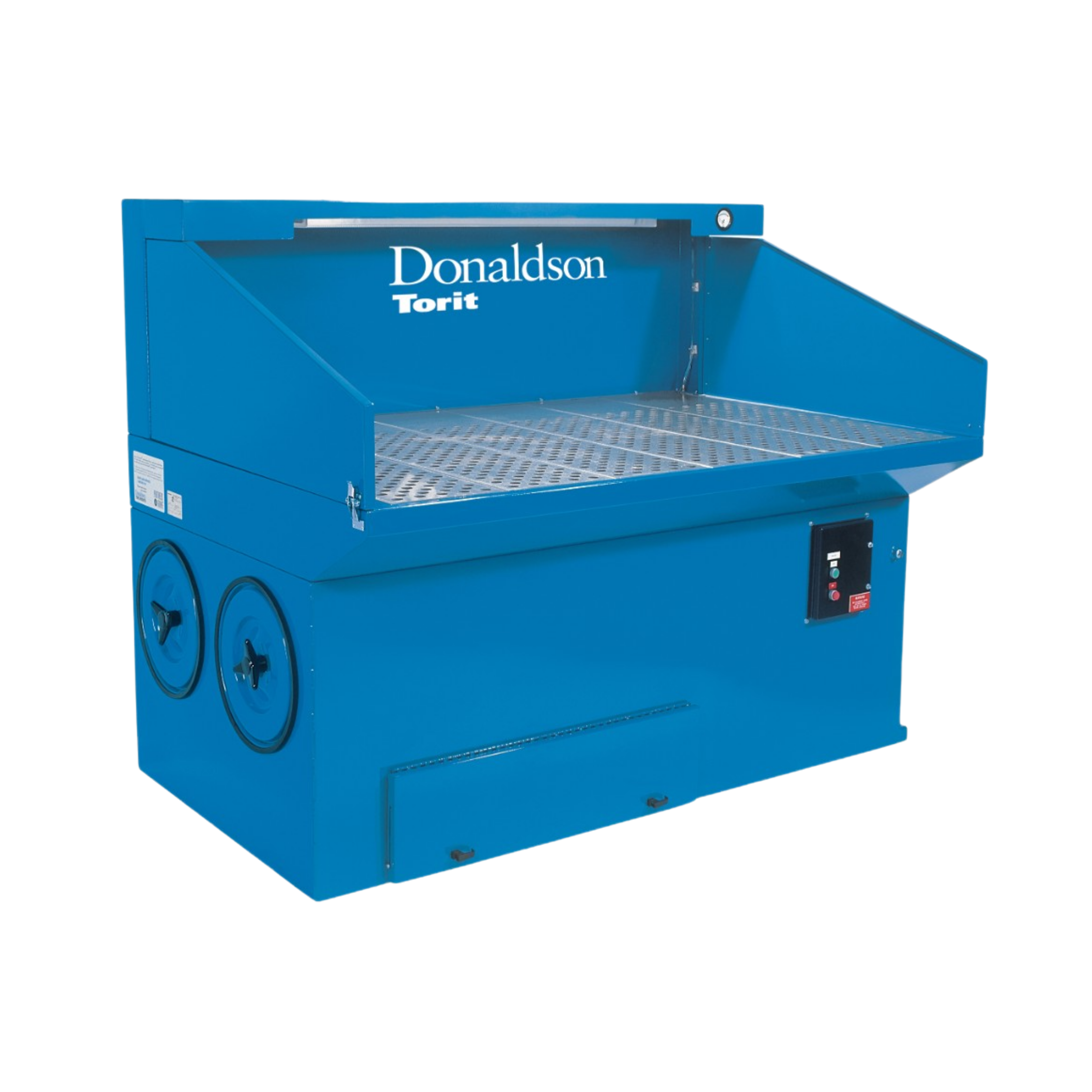
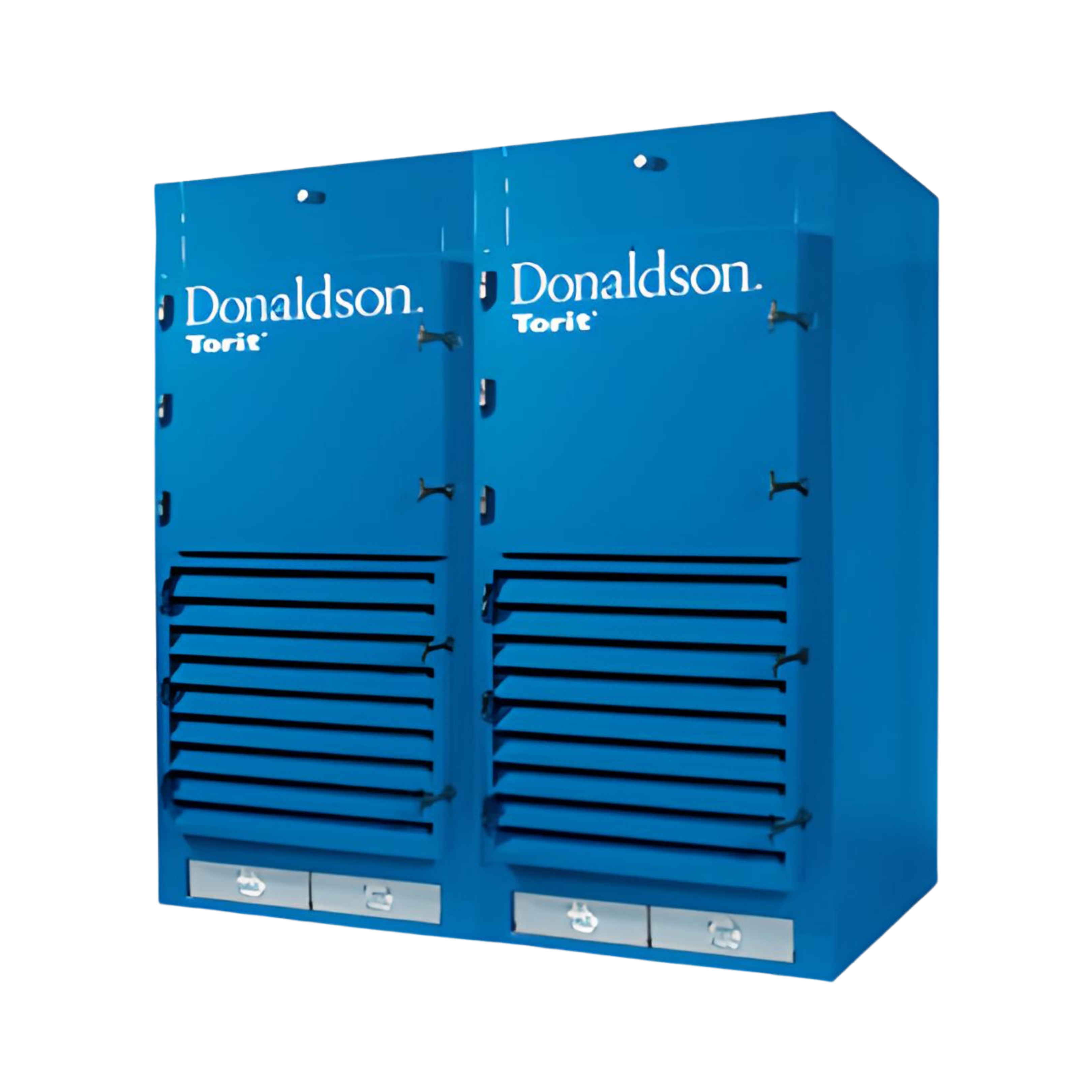
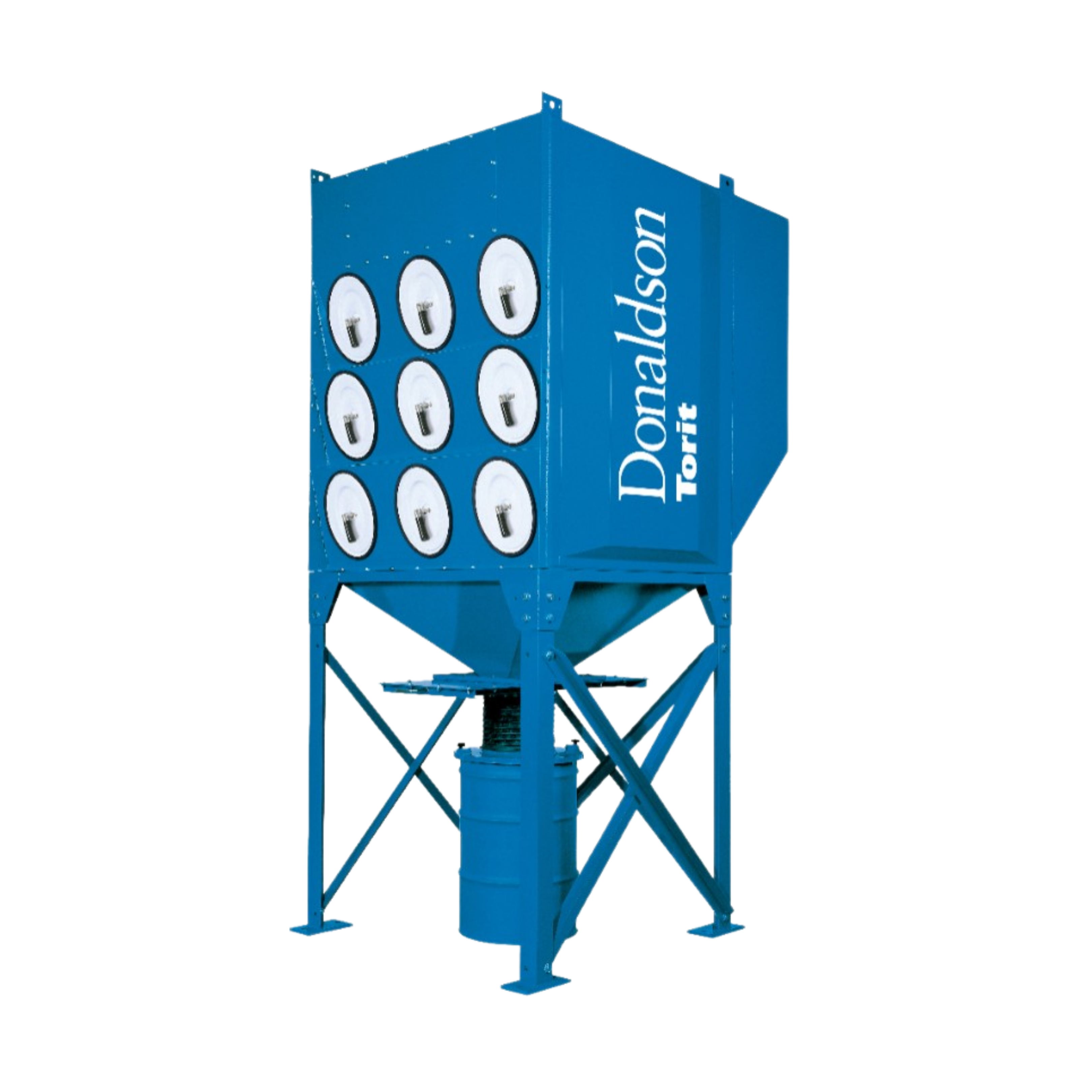
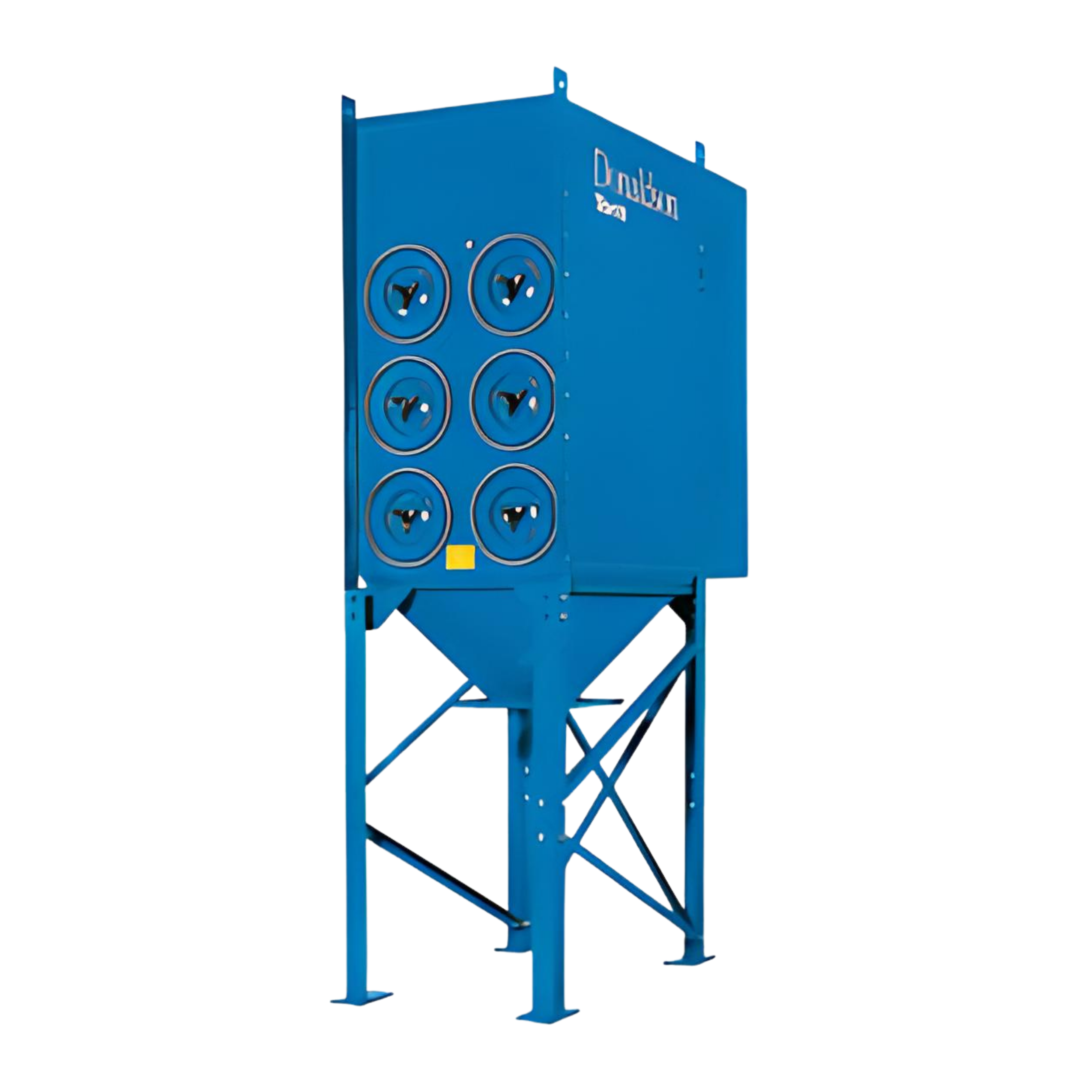
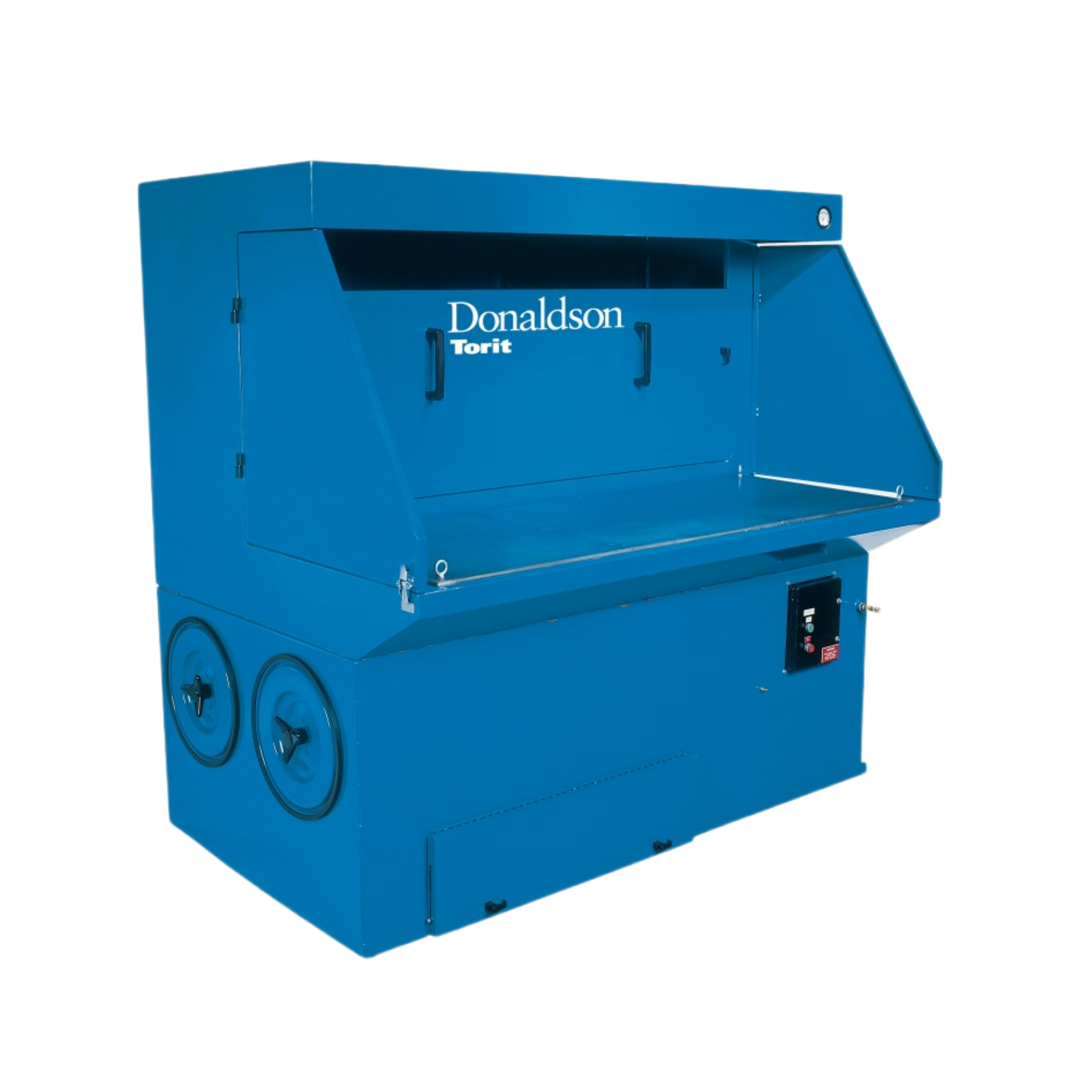
.png)
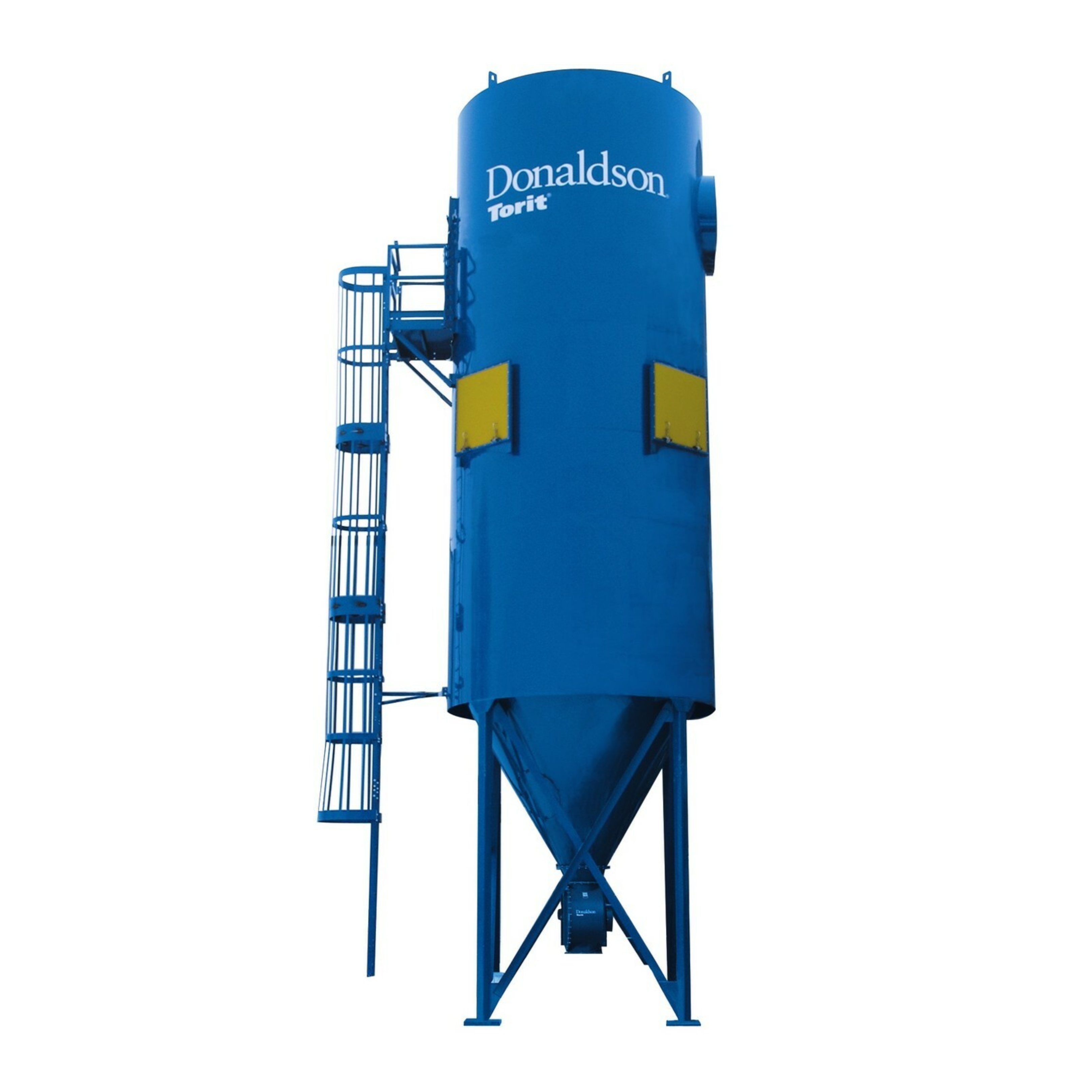
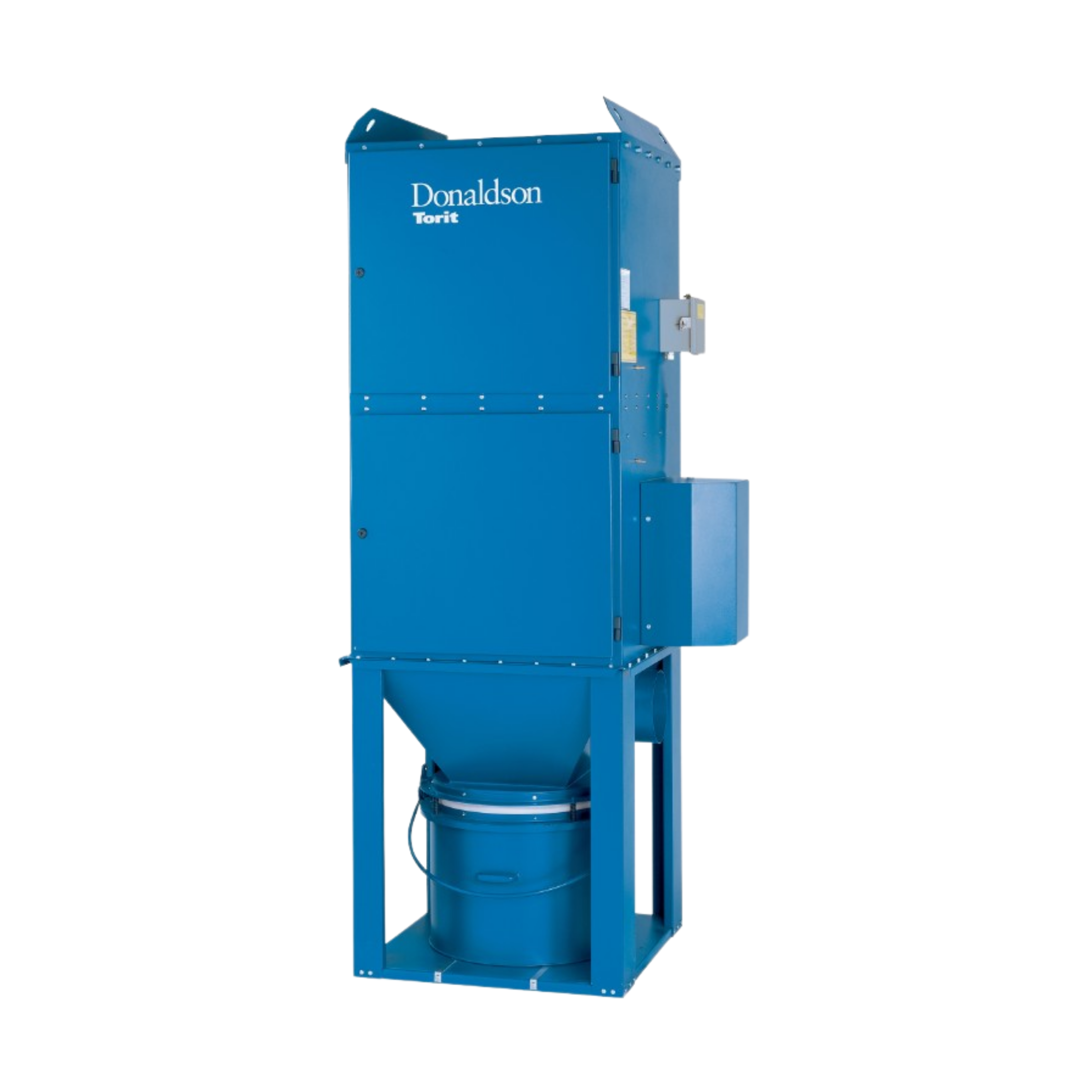
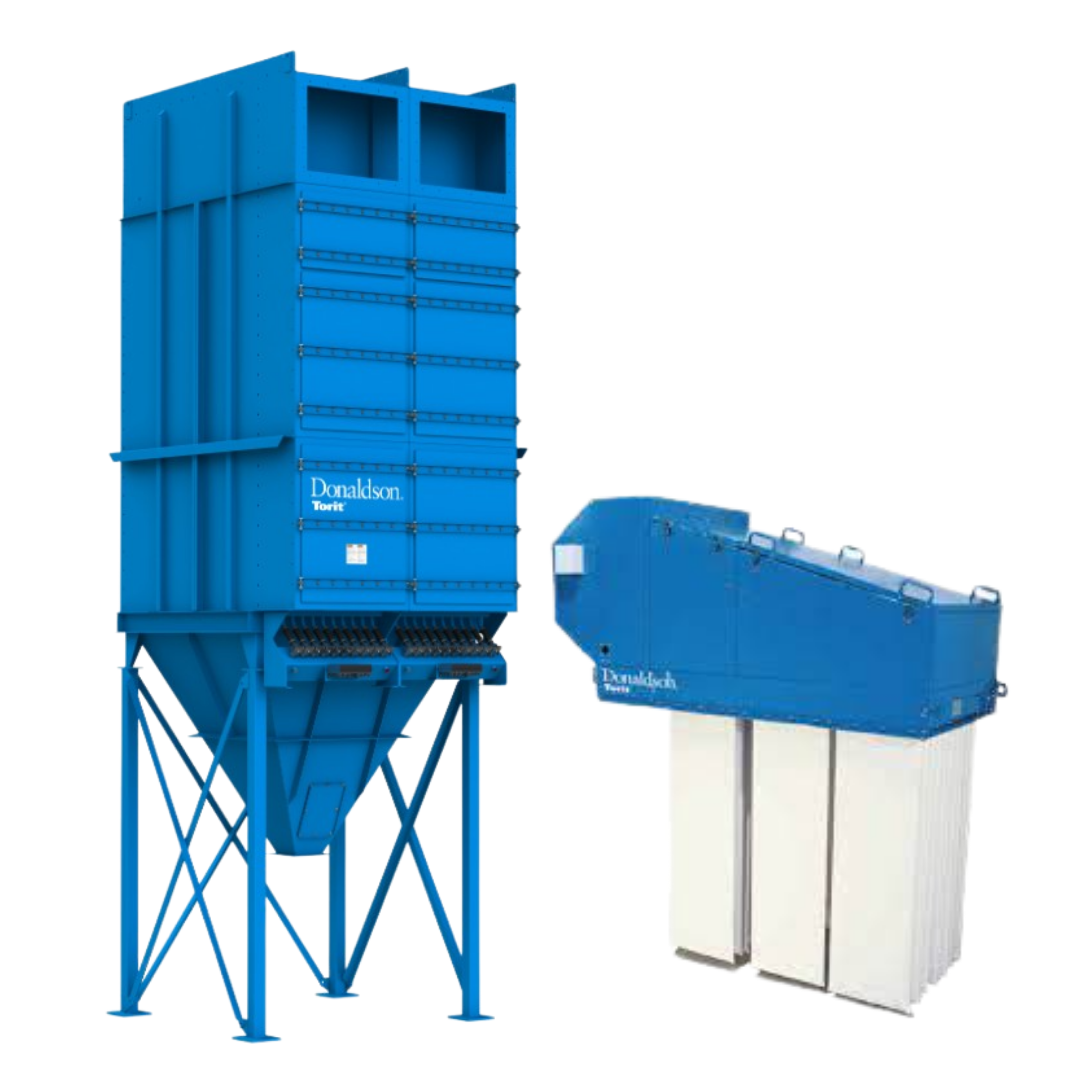

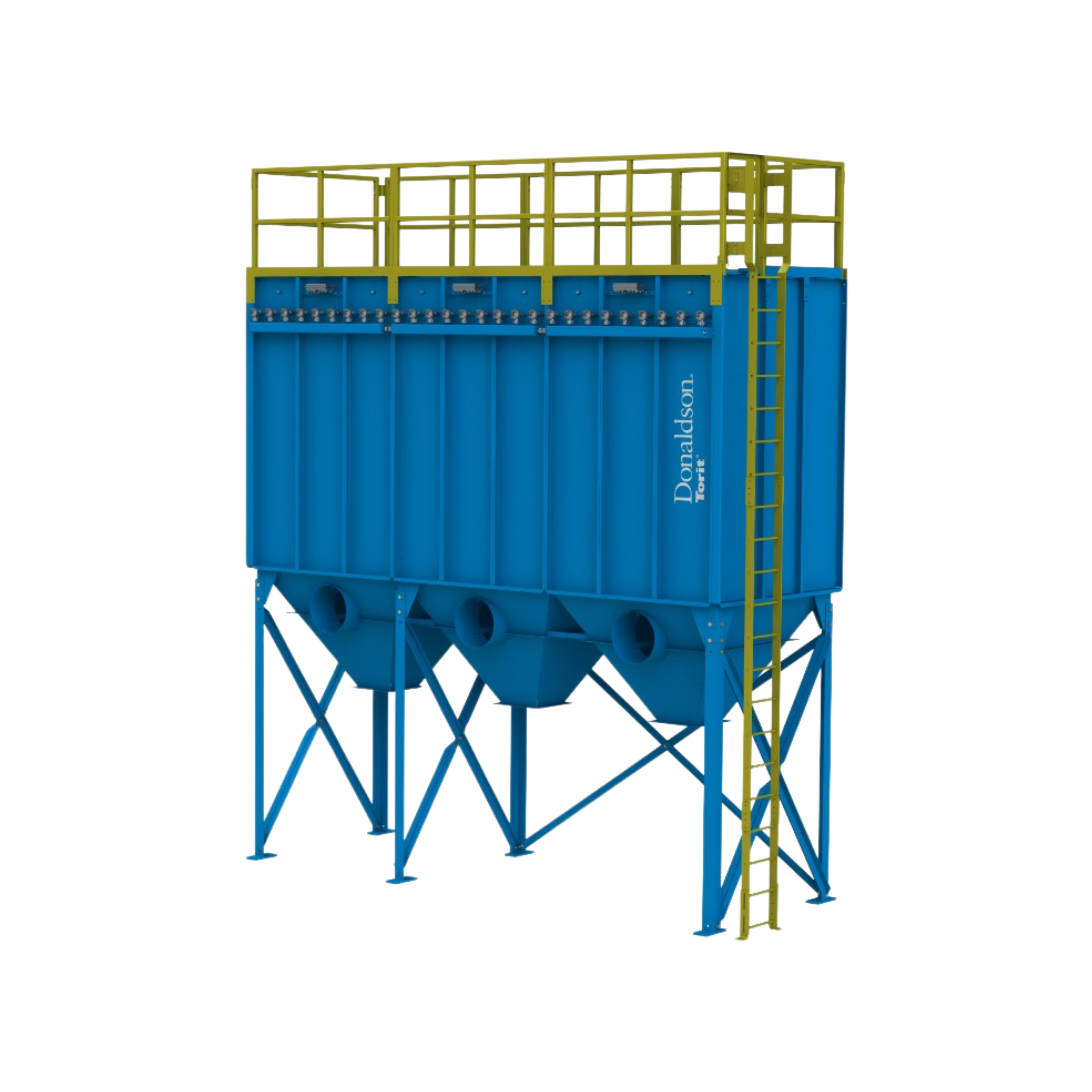

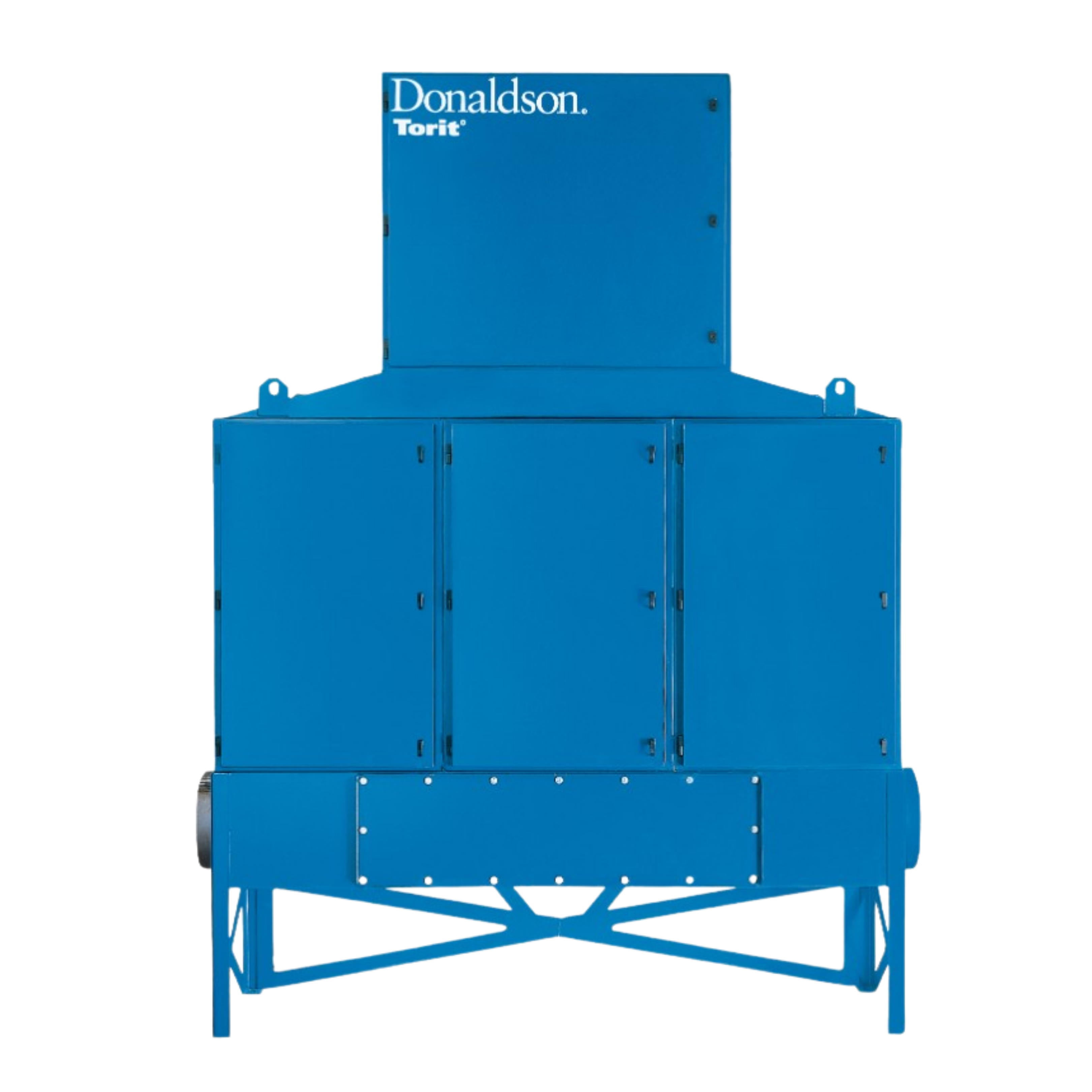
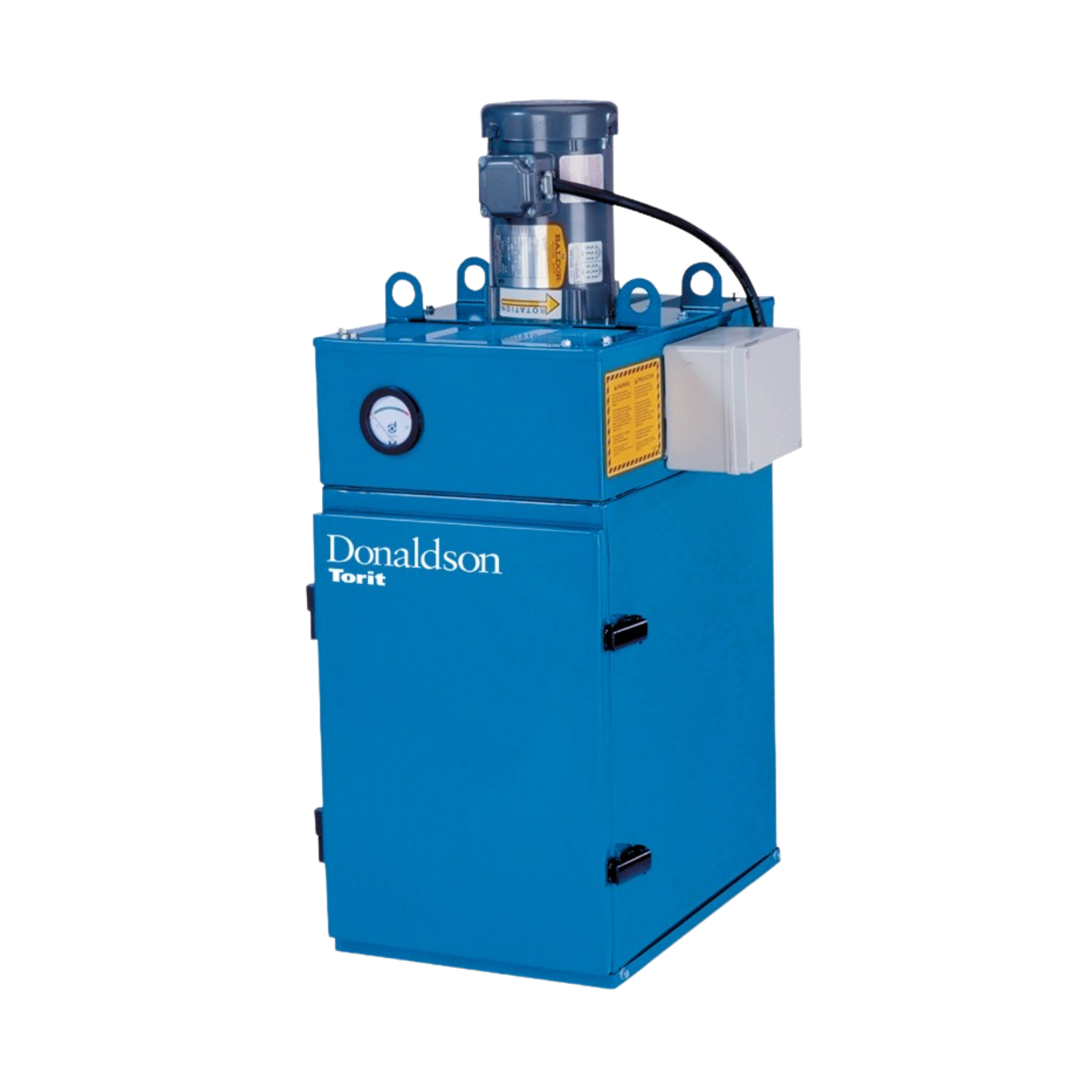
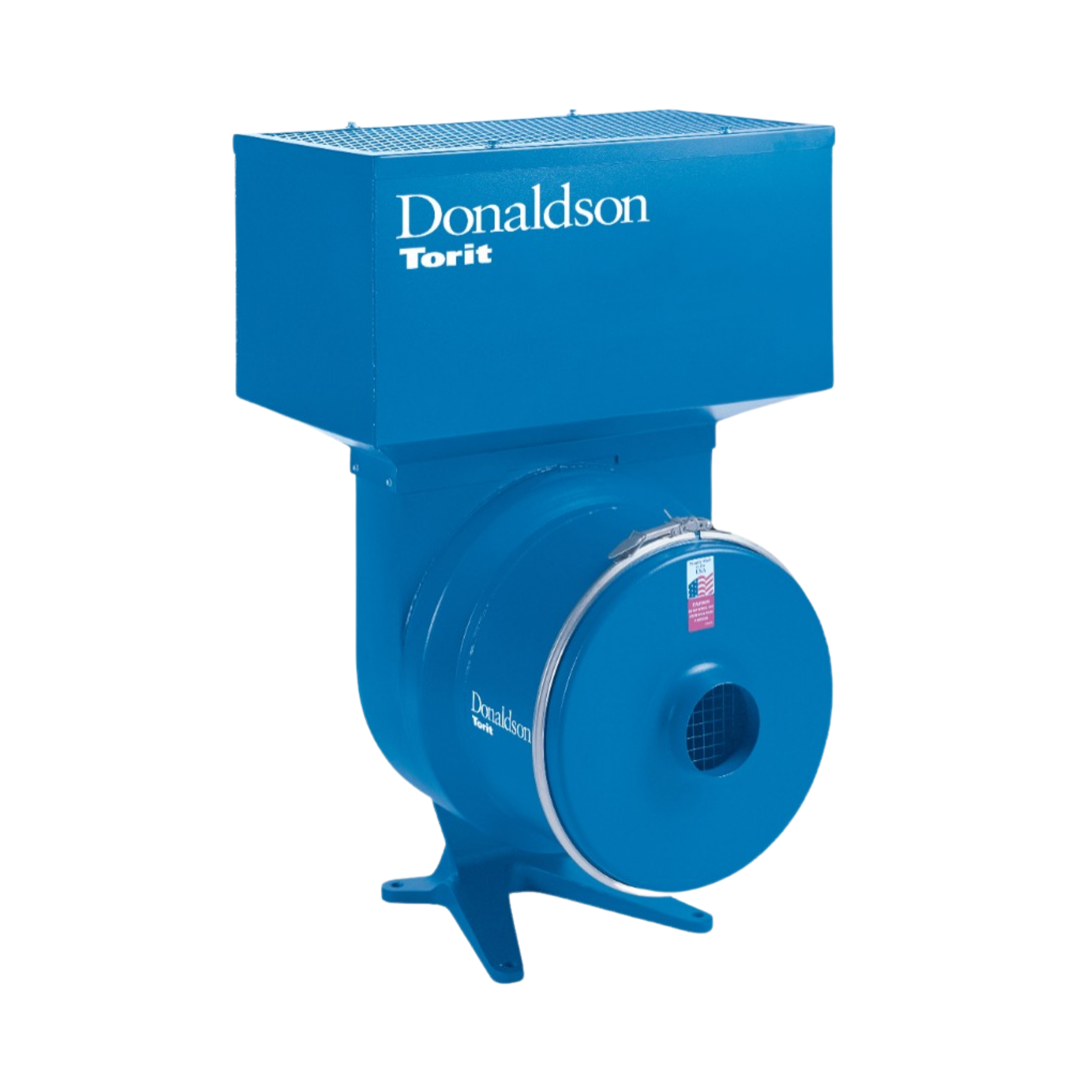
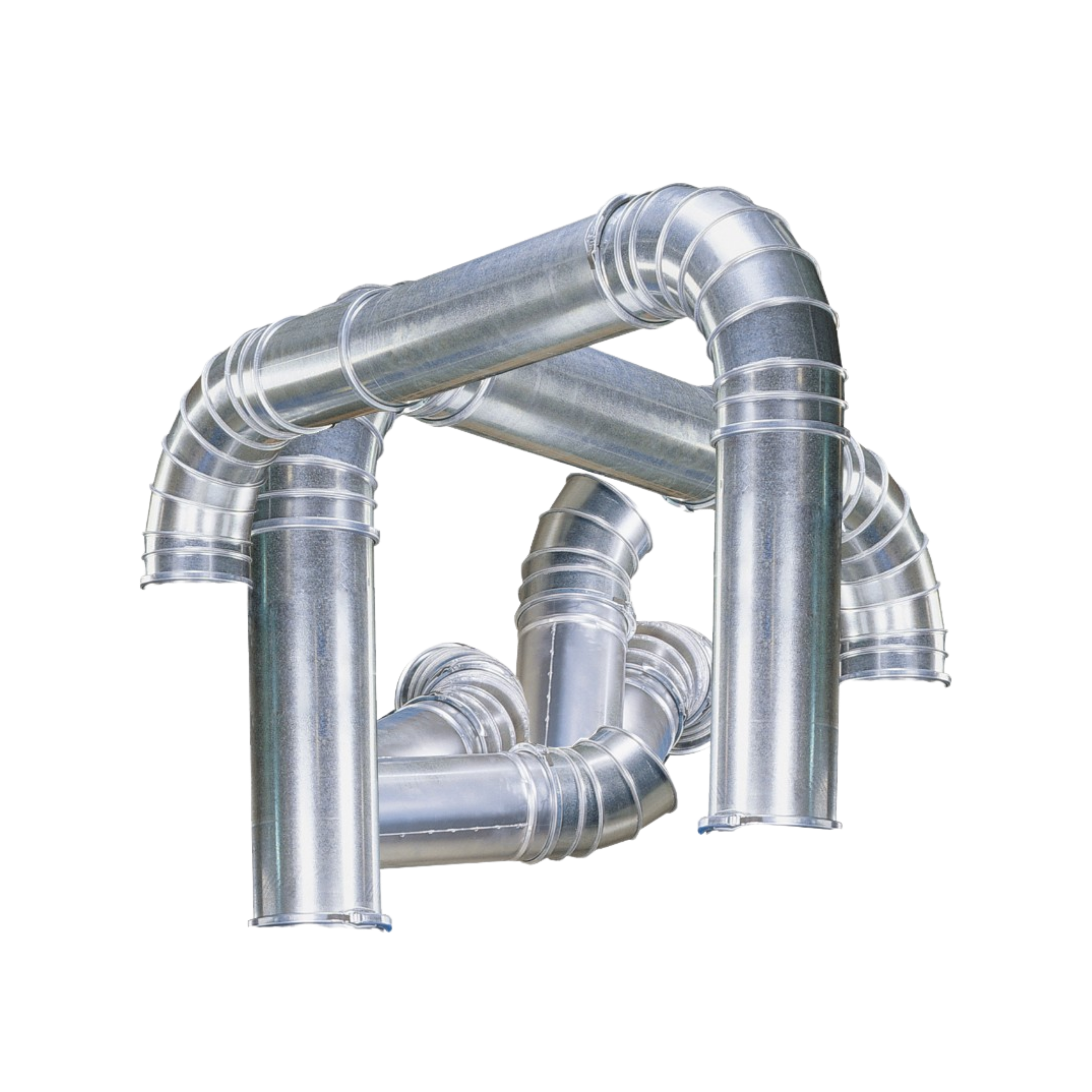
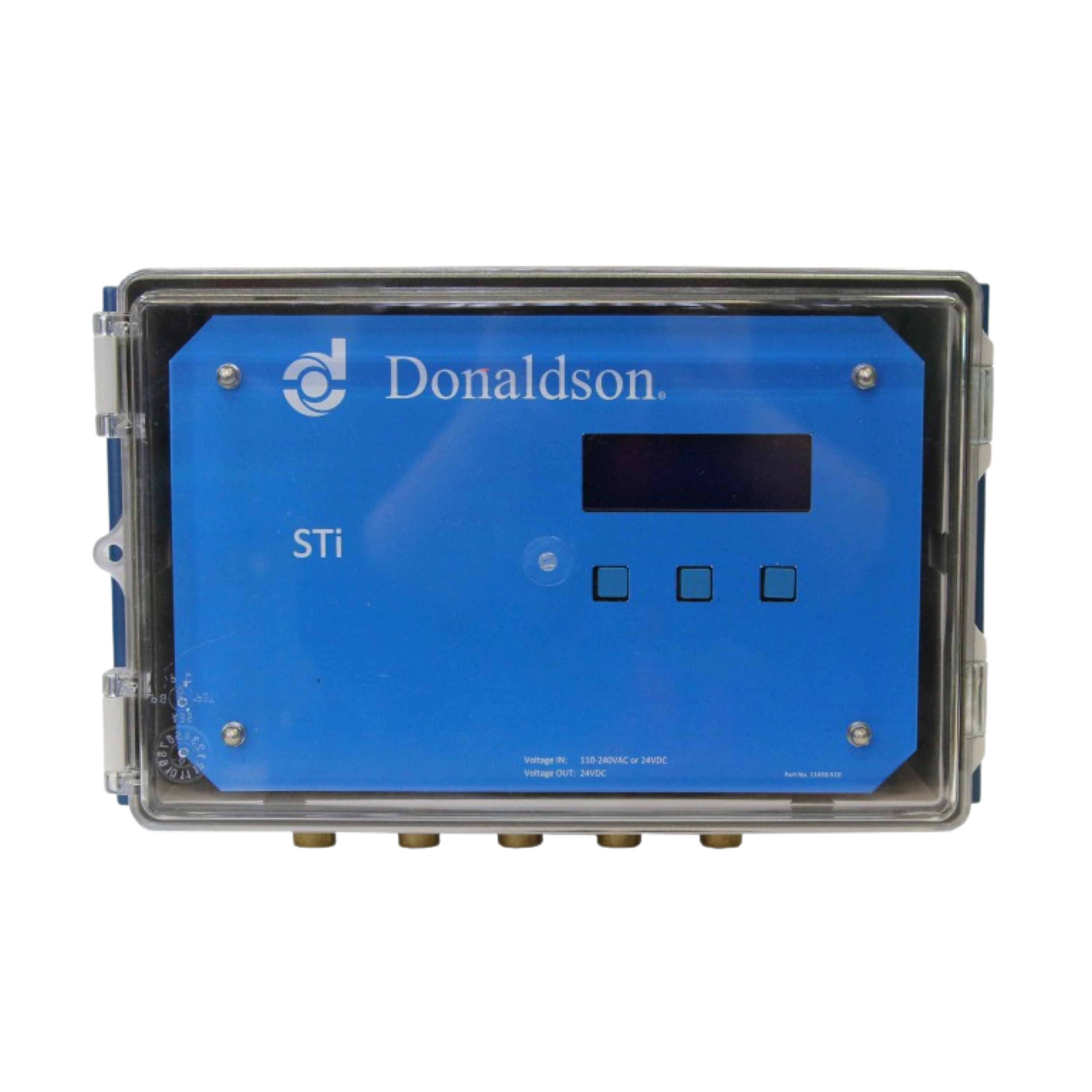
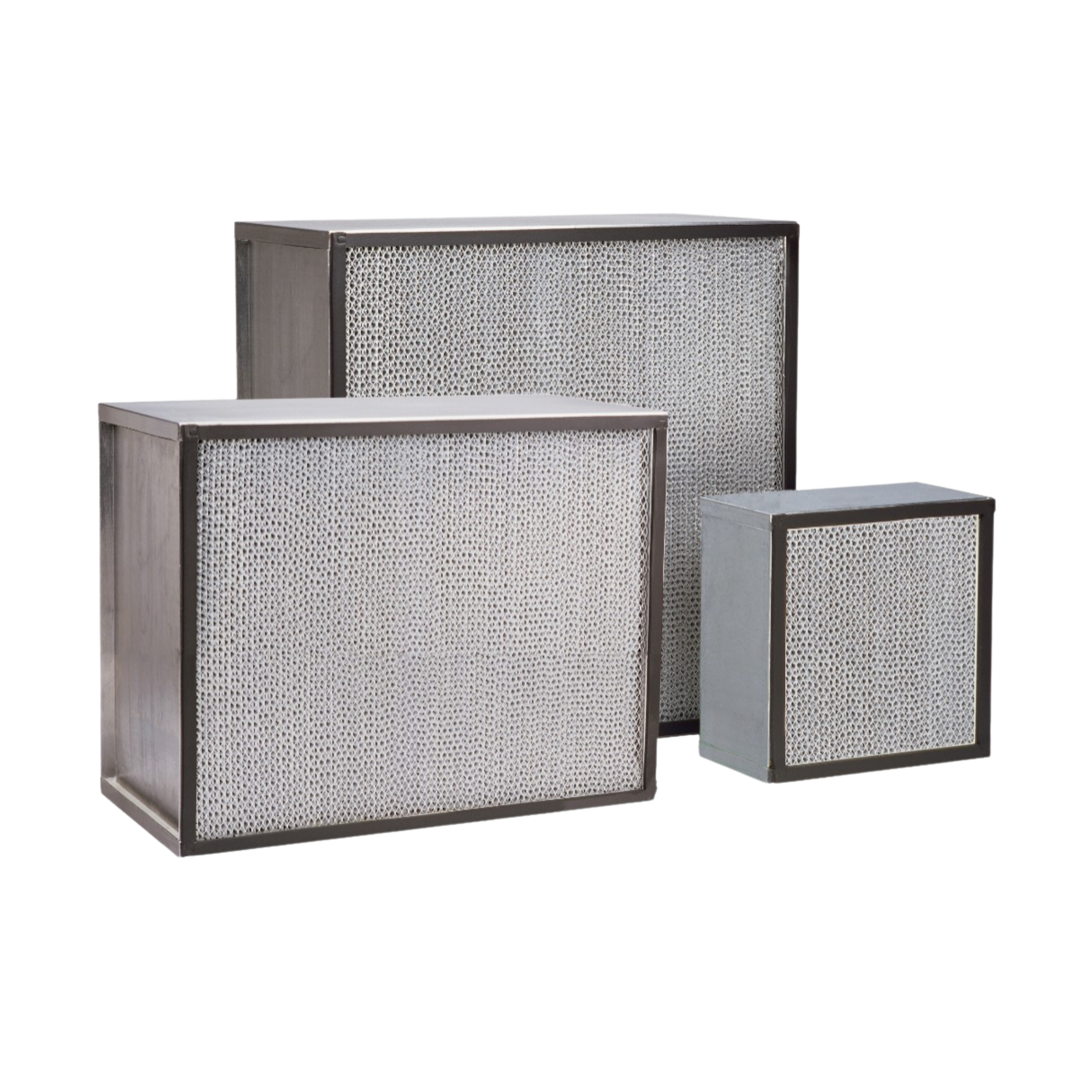
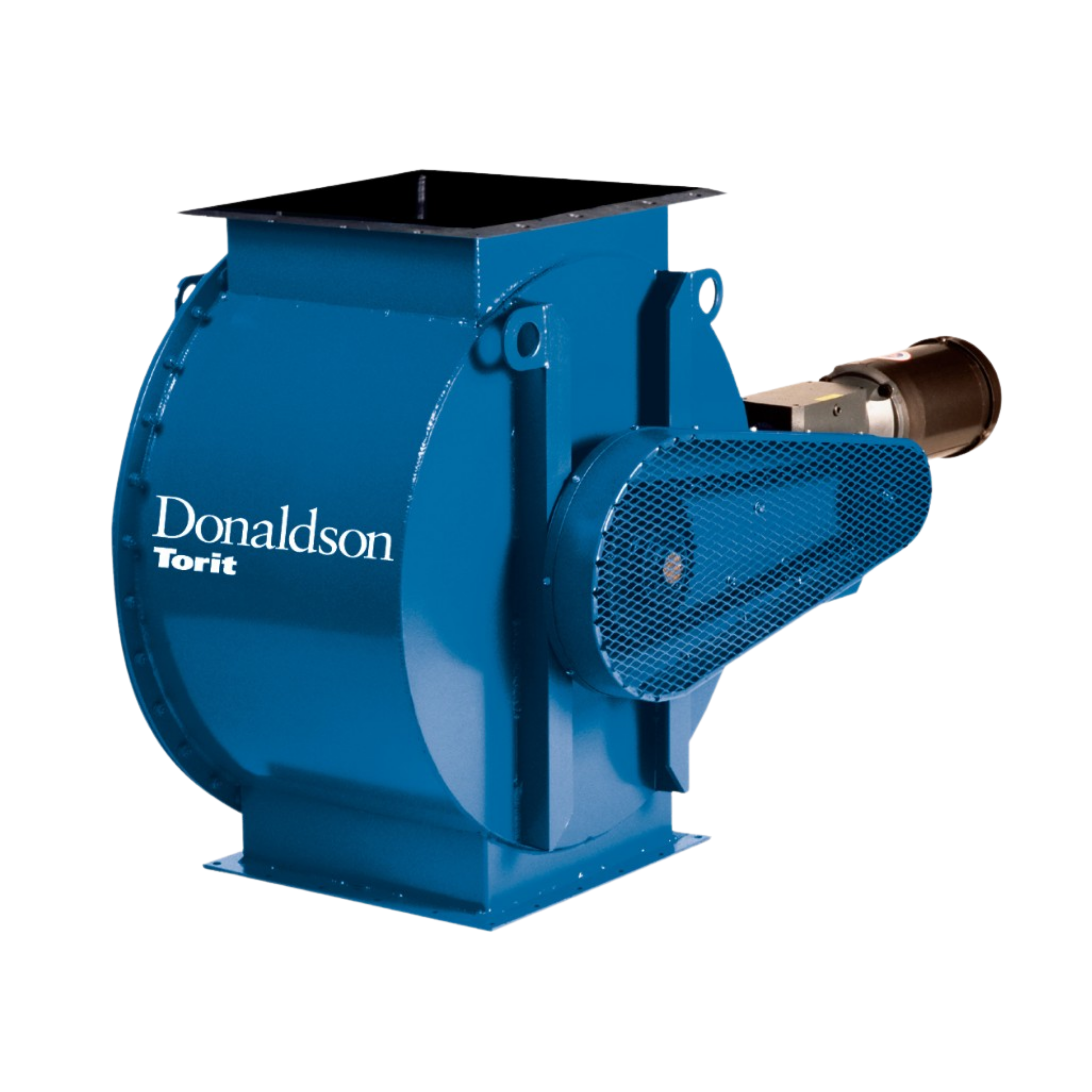
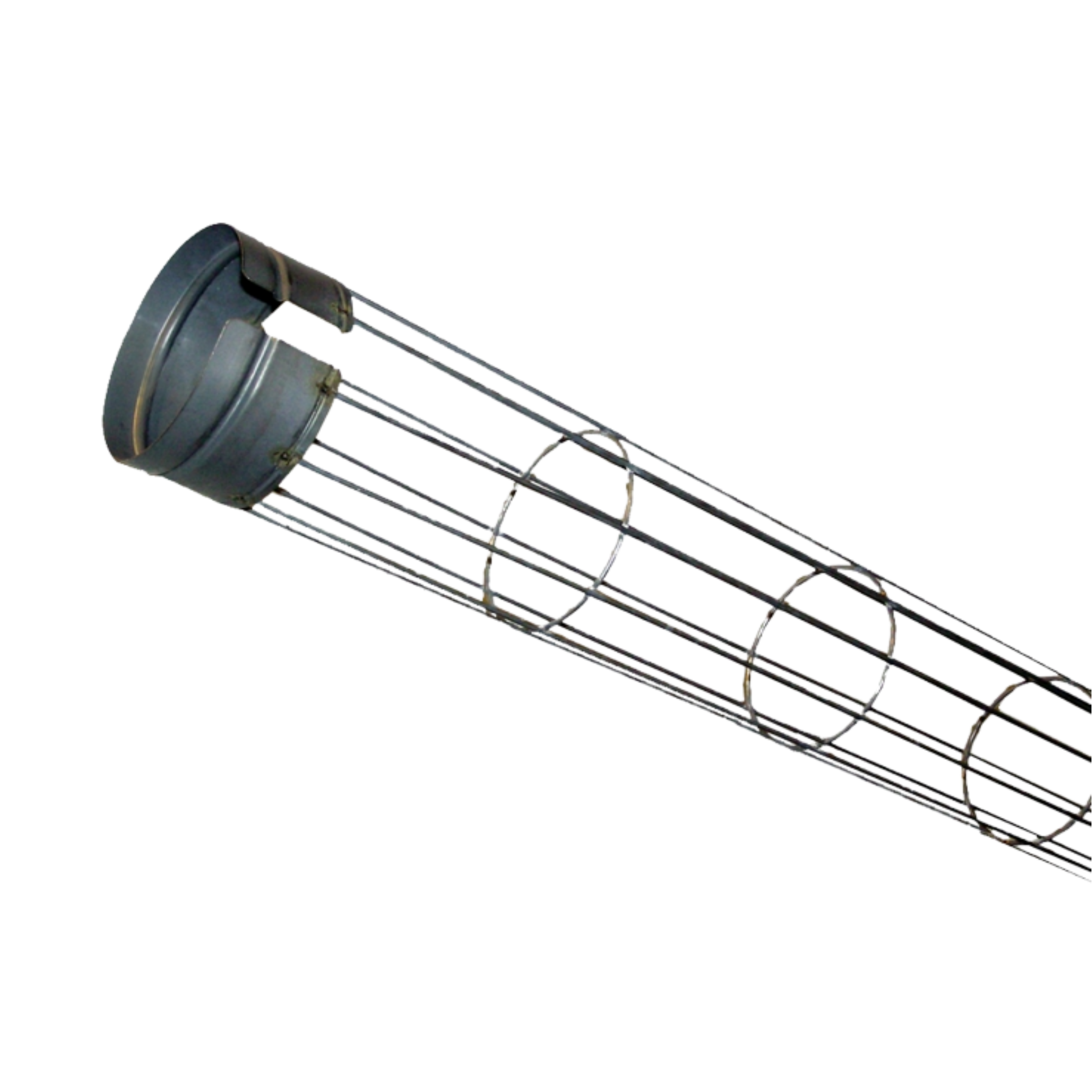
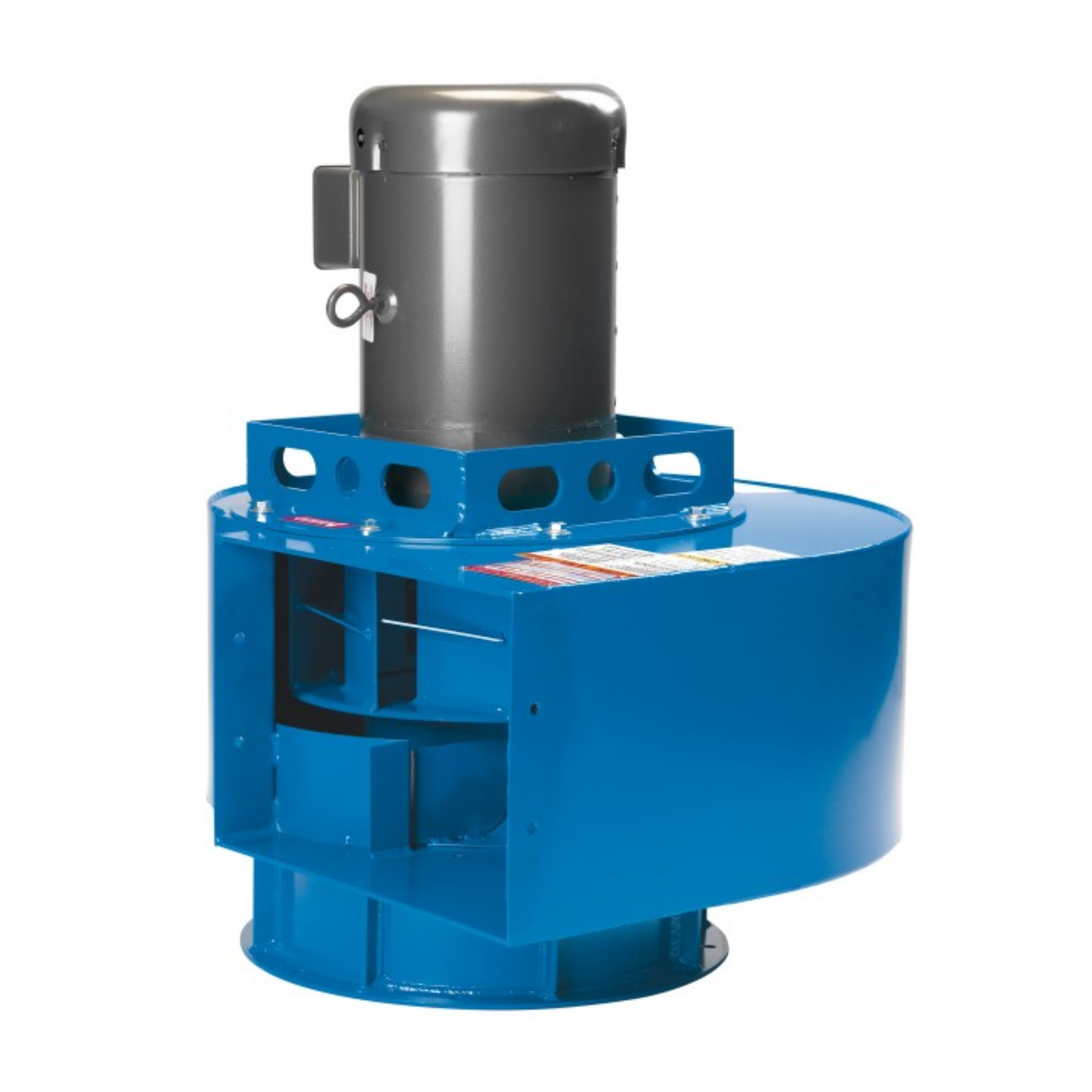
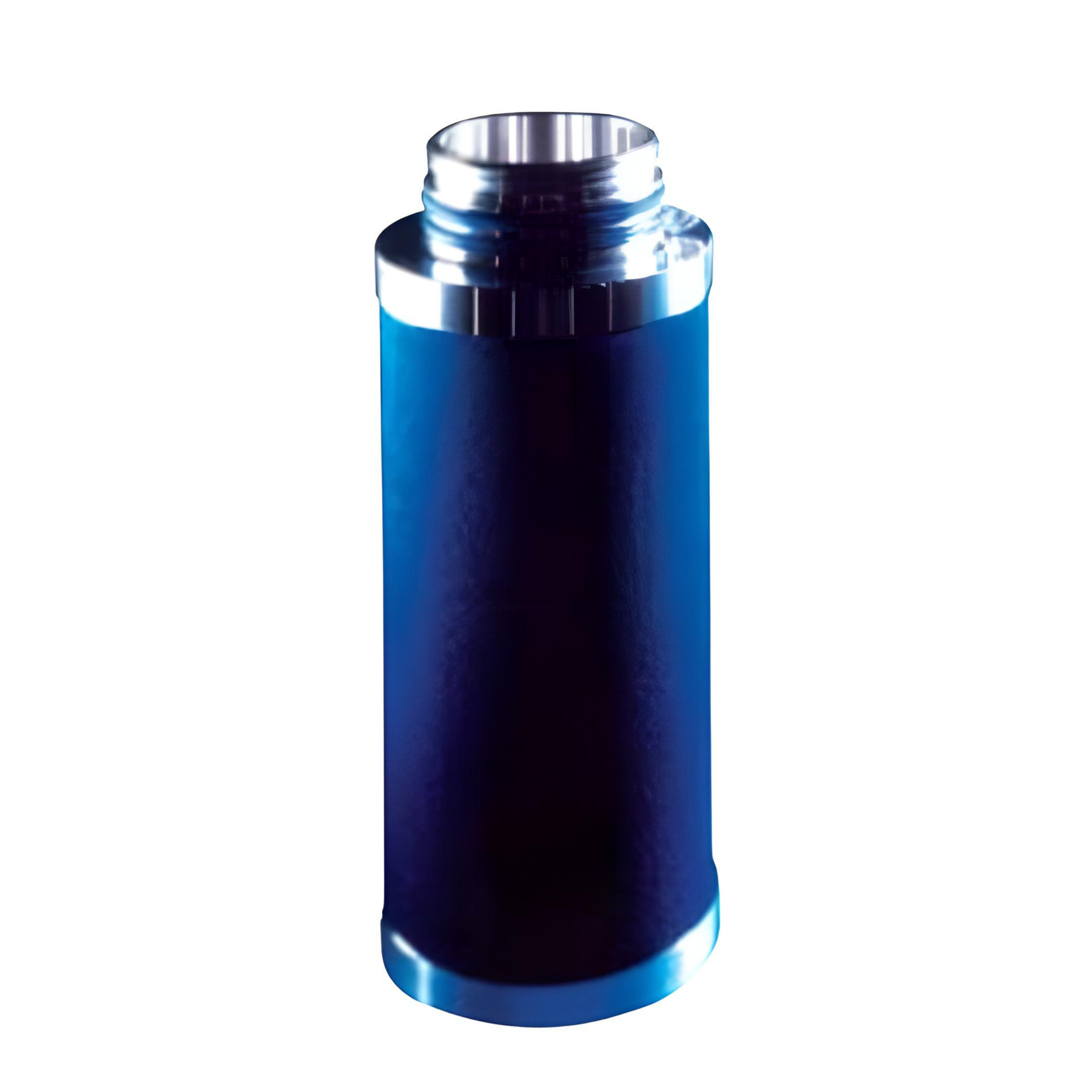
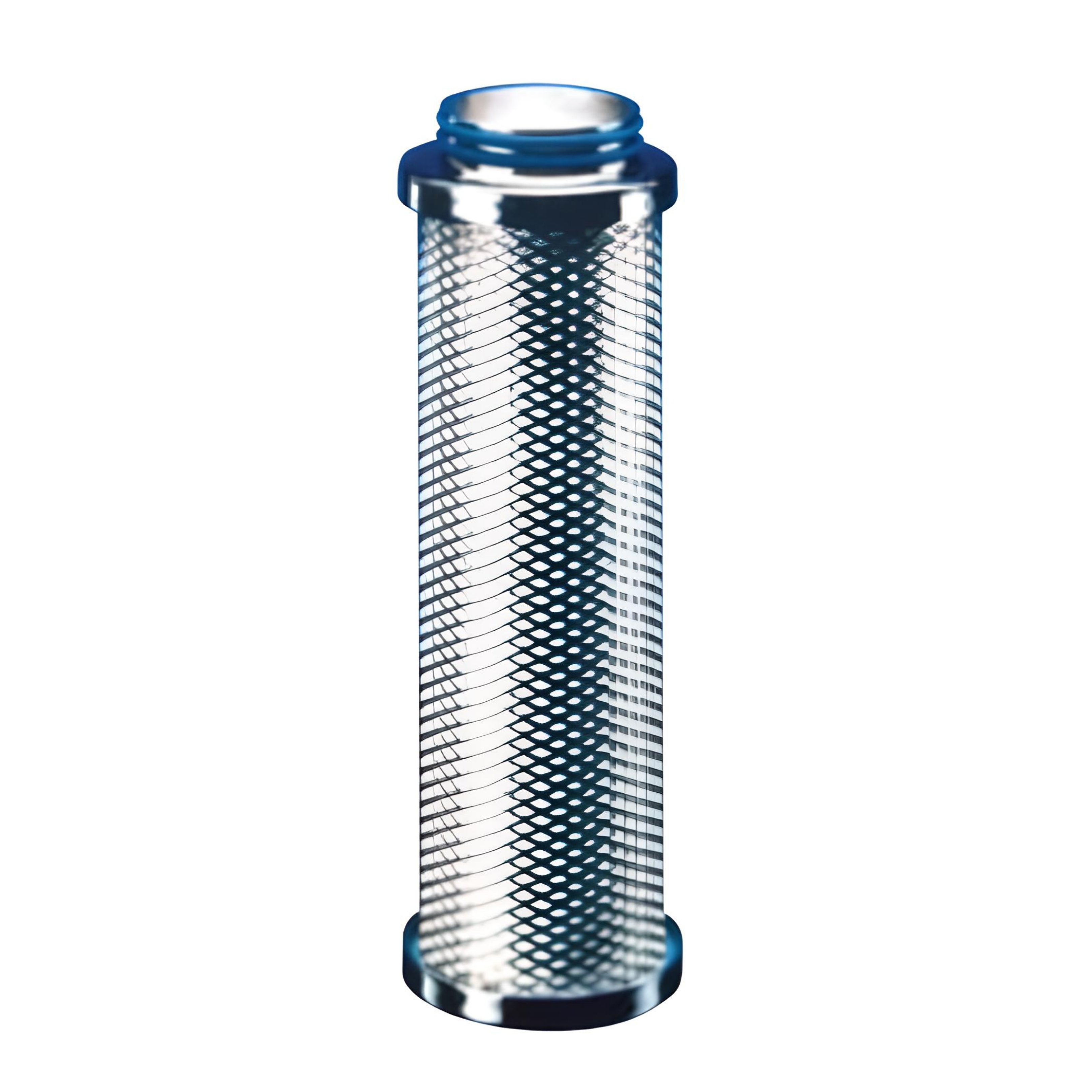
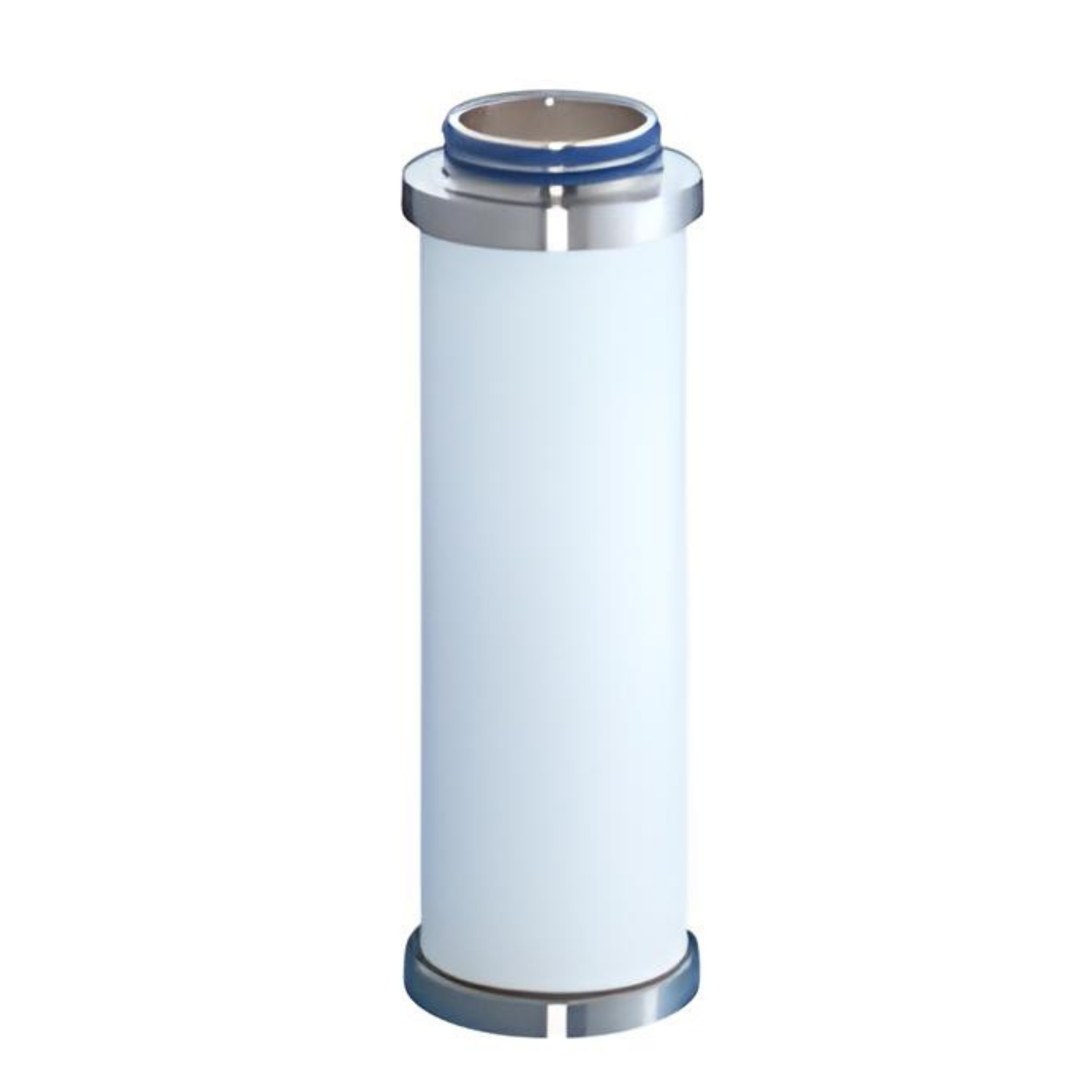
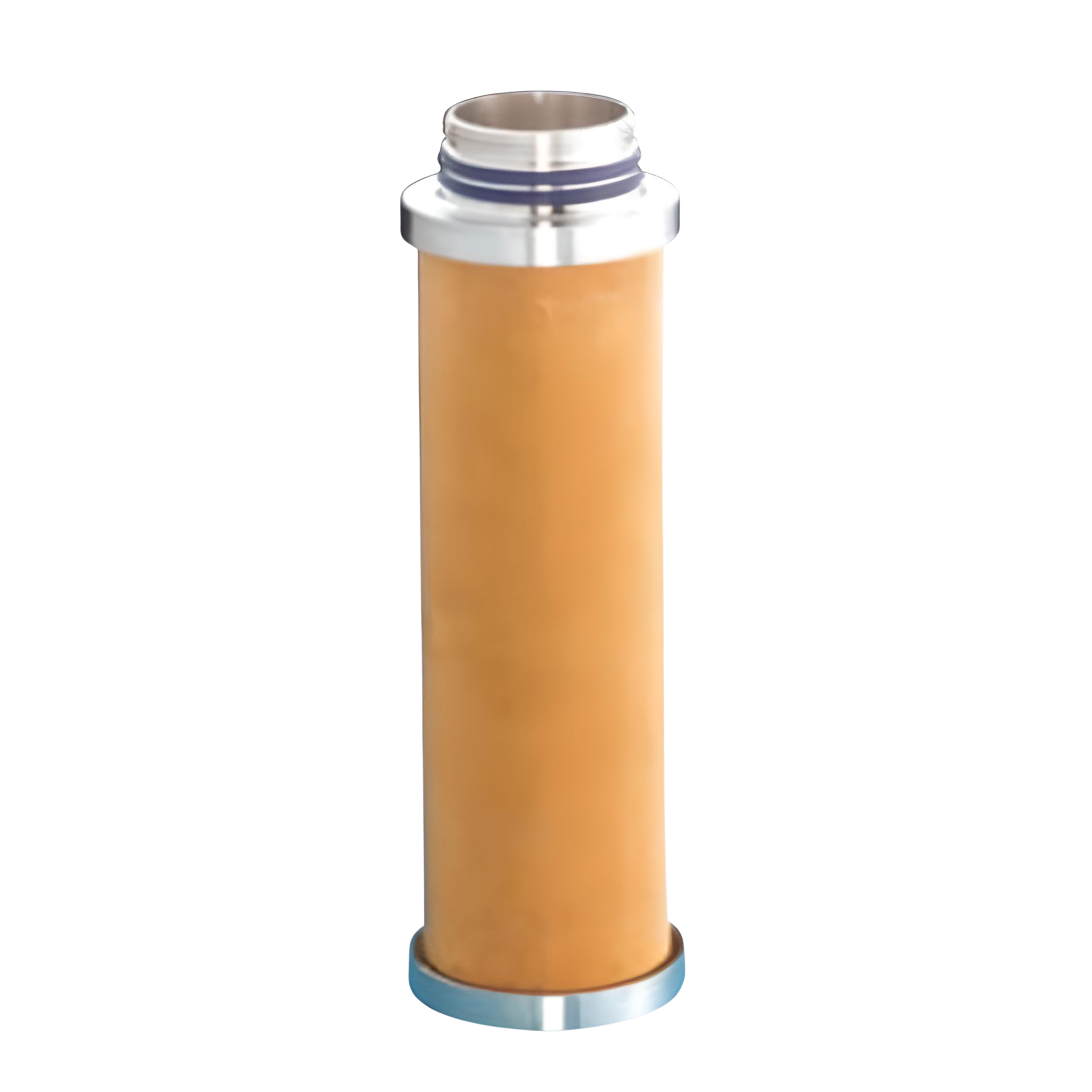
.png)
.png)
.png)
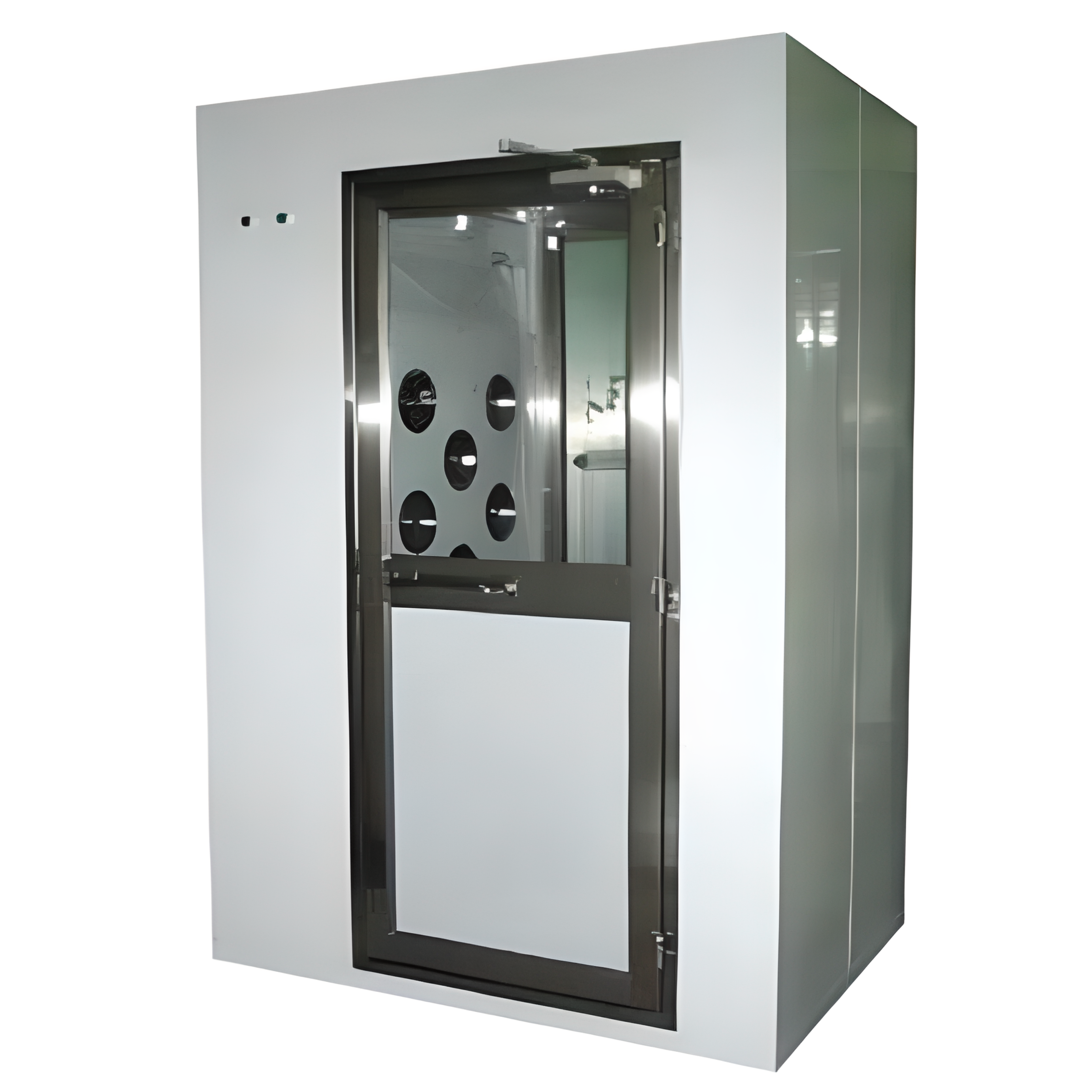
.png)
.png)